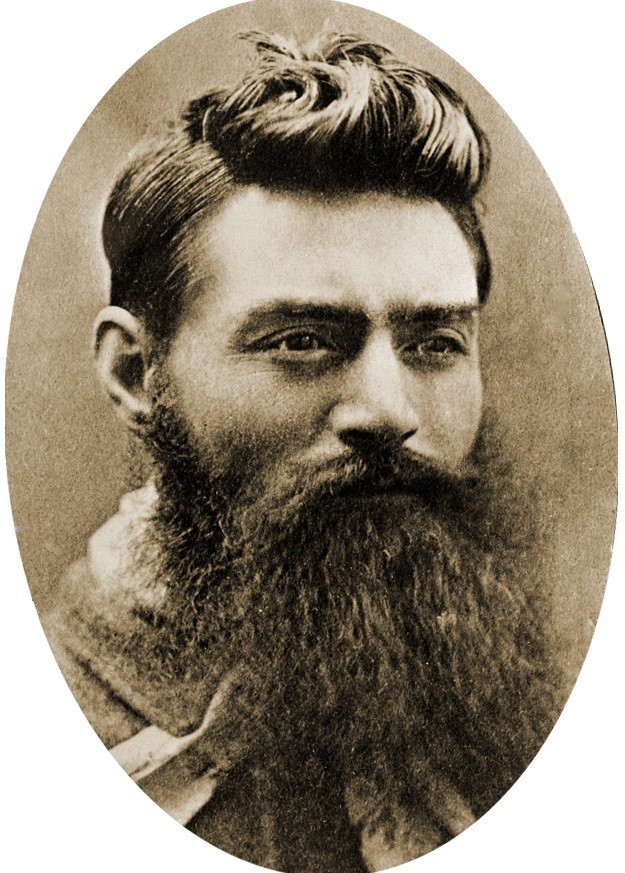Officials Find Headless Remains of Australian Bushranger Ned Kelly

After years of research and investigation, Australian authorities have identified the headless remains of infamous outlaw Ned Kelly, thereby putting an end to decades-long mystery surrounding the whereabouts of the body.
Kelly, the famed bushranger, was considered a symbol of Irish-Australian resistance against oppression by the British ruling class. He was buried among other prisoners in a mass grave before 131 years.
For decades, experts have been attempting to solve what is regarded as one the biggest mysteries in Australian history - to find and study the remains of Kelly, who was hanged for murder at the Old Melbourne Goal in November 1880. However, his body went missing after it was thrown into the mass grave.
Officials pinpointed the location of the grave site in 2008 and later unearthed the bodies for analysis. A DNA sample from one of Kelly's descendants confirmed that one of the skeletons, which missed most of its skull, was that of the notorious Kelly.
Born around 1855 to an Irish convict father in Victoria, Kelly was rebellious by nature since a very young age. Kelly took on corrupt police and greedy land barons. He managed to survive a shootout with police in 1878, but an 8,000-pound reward was offered for Kelly's brother Dan and friends Joe Byrne and Steve Hart. It was the biggest reward ever offered in the British Empire for anyone who found them - dead or alive.
A final gunbattle at Glenrowan led to the death of three of the gang members and Kelly, who was dressed in home-made plate metal armour and helmet, was wounded and arrested. According to local reports, the skeletal remains still has the bullet wounds that Kelly has suffered to his elbow, thigh and foot.
Considered by some to be a cold-blooded murderer, Kelly was also seen as a folk hero and a symbol of Irish-Australian defiance against the British authorities. His audacity as well as notoriety made him an iconic figure in Australian history, folklore, literature, art and film.
To think a group of scientists could identify the body of a man who was executed more than 130 years ago, moved and buried in a haphazard fashion among 33 other prisoners, most of whom are not identified, is amazing, Victoria Attorney General Robert Clark said Thursday, Reuters reported.
Kelly's story has been documented in several books and movies, including a film starring the Rolling Stones front-man, Mick Jagger, and another starring the late actor, Heath Ledger. Kelly also inspired books such as Peter Carey's novel True History of the Kelly Gang, which won the 2001 Booker Prize.
© Copyright IBTimes 2024. All rights reserved.





















